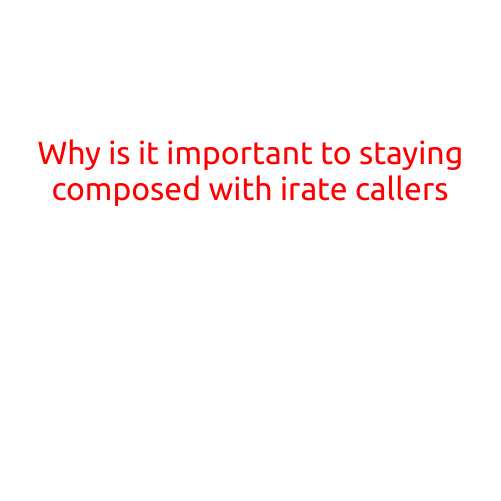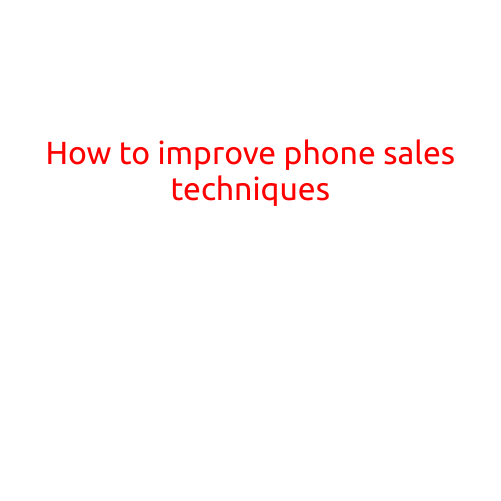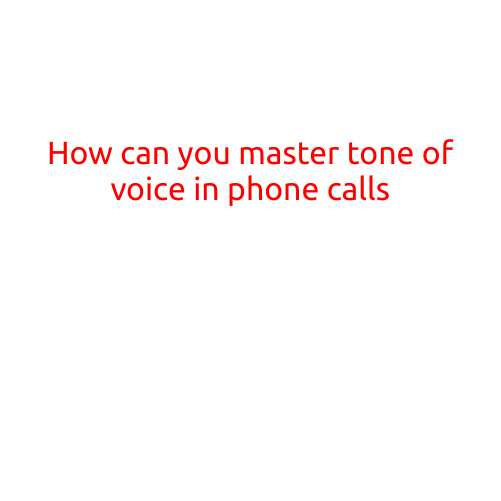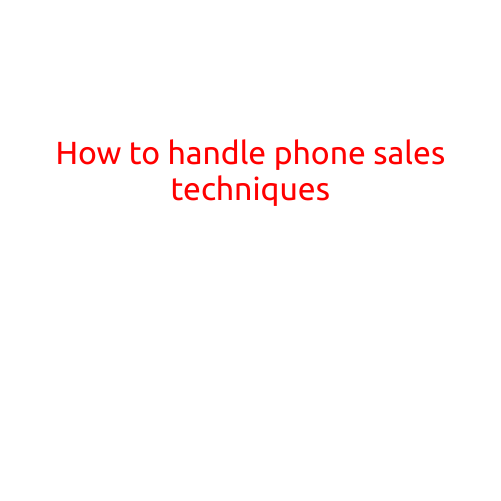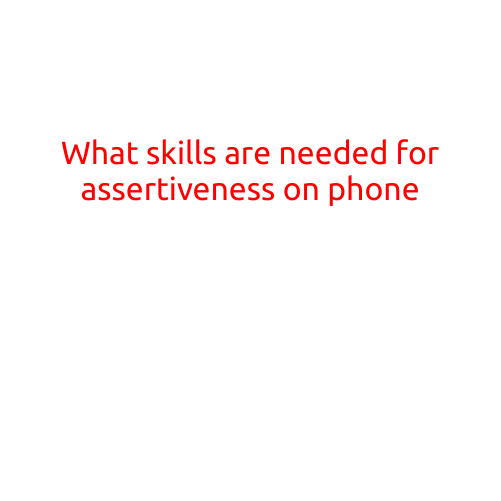
What Makes a Good Following Up After Phone Calls
In today’s fast-paced business world, making phone calls is just the first step in establishing a connection with a potential customer or partner. The follow-up is just as important, if not more, to turn that initial interest into a concrete opportunity. A good follow-up after phone calls can make all the difference in whether you secure a meeting, close a deal, or simply keep the conversation going. In this article, we’ll explore what makes a good follow-up after phone calls.
1. Timing
Timing is everything when it comes to following up after a phone call. You want to strike while the iron is hot, so to speak. Aim to follow up within 24 to 48 hours after the initial call. This shows that you’re interested in the conversation and willing to put in the effort to move things forward.
2. Personalization
Personalize your follow-up by referencing specific details from the conversation. This demonstrates that you’re engaged and have given the call the attention it deserves. For example, you could mention a particular challenge the prospect discussed or a idea you offered.
3. Clear Objective
Clearly state the purpose of your follow-up email or call. Are you seeking a meeting? Do you have a specific proposal to discuss? Be concise and direct to avoid confusion or unnecessary back-and-forth.
4. Summary and Next Steps
Include a brief summary of the previous conversation to refresh the prospect’s memory. This can also serve as a valuable reminder for yourself. Additionally, outline the next steps you both should take to move the conversation forward.
5. Value Addition
Add value to the conversation by sharing relevant information, industry insights, or articles. This shows that you’re invested in the prospect’s success and willing to educate them on the subject matter.
6. Professionalism
Maintain a professional tone and demeanor throughout the follow-up process. Avoid accusations, blame, or aggression, as these can quickly kill a promising conversation.
7. Persistence (but not too much)
Persistence is key, but so is balance. Aim for 2-3 follow-ups max before giving the prospect space to respond. You don’t want to come on too strong or look like a stalker!
8. Feedback and Flexibility
Be open to feedback and willing to adapt your approach based on the prospect’s response. If they’re not interested or not ready, don’t push too hard. Instead, store their contact information and revisit the conversation at a later time.
9. Measurable Outcomes
Track the success of your follow-ups by setting measurable objectives, such as securing a meeting or receiving a proposal. Use these metrics to refine your approach and optimize your follow-up strategy.
10. Patience
Finally, remember that following up after phone calls is a marathon, not a sprint. Building relationships takes time, and securing a deal or agreement can take weeks or even months. Stay patient, persistent, and professional, and you’ll be more likely to yield a positive outcome.
By incorporating these best practices into your follow-up strategy, you’ll be well on your way to converting phone calls into concrete opportunities. Remember to stay focused, personalized, and professional, and always be open to adapting your approach to meet the needs of your prospect.
